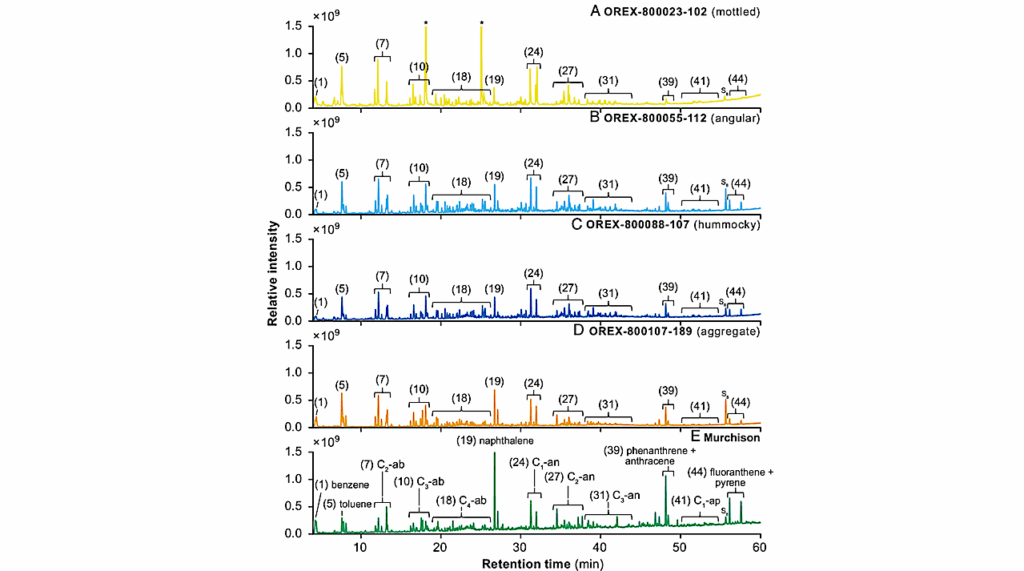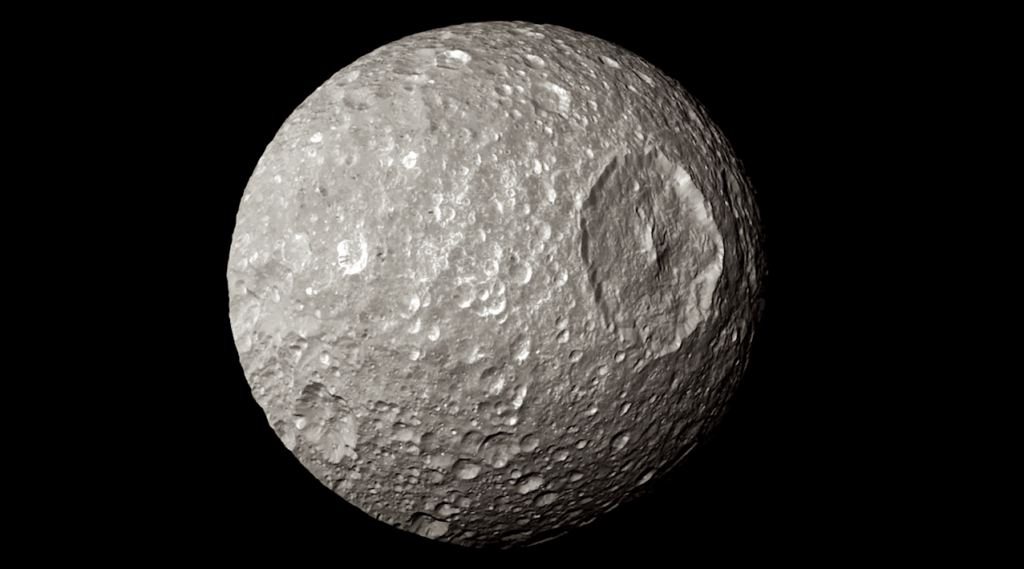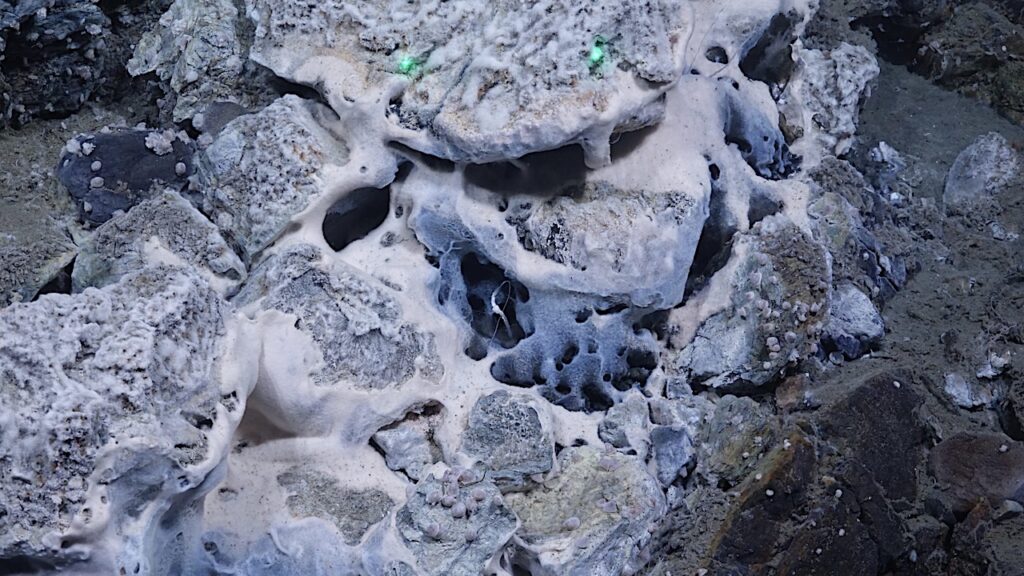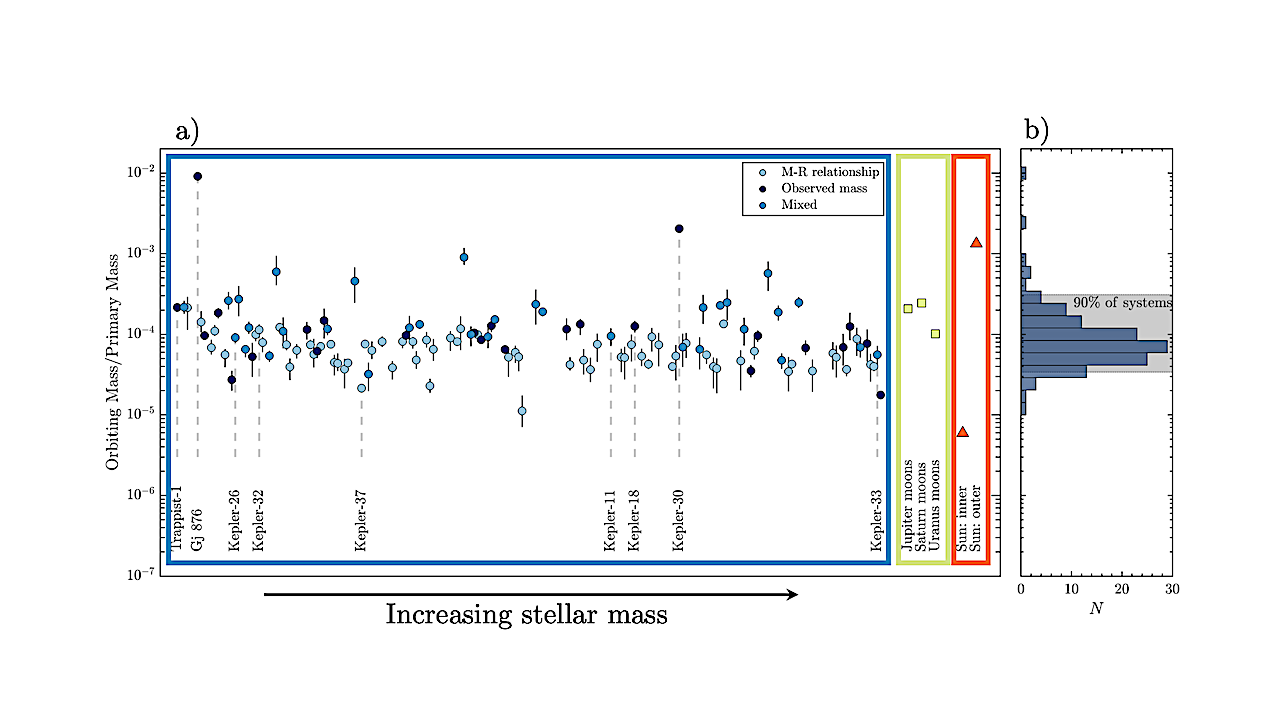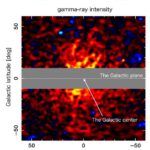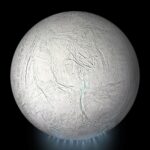Now Reading: The Optical Design of the Carbon Investigation(Carbon-I) Imaging Spectrometer
-
01
The Optical Design of the Carbon Investigation(Carbon-I) Imaging Spectrometer
The Optical Design of the Carbon Investigation(Carbon-I) Imaging Spectrometer
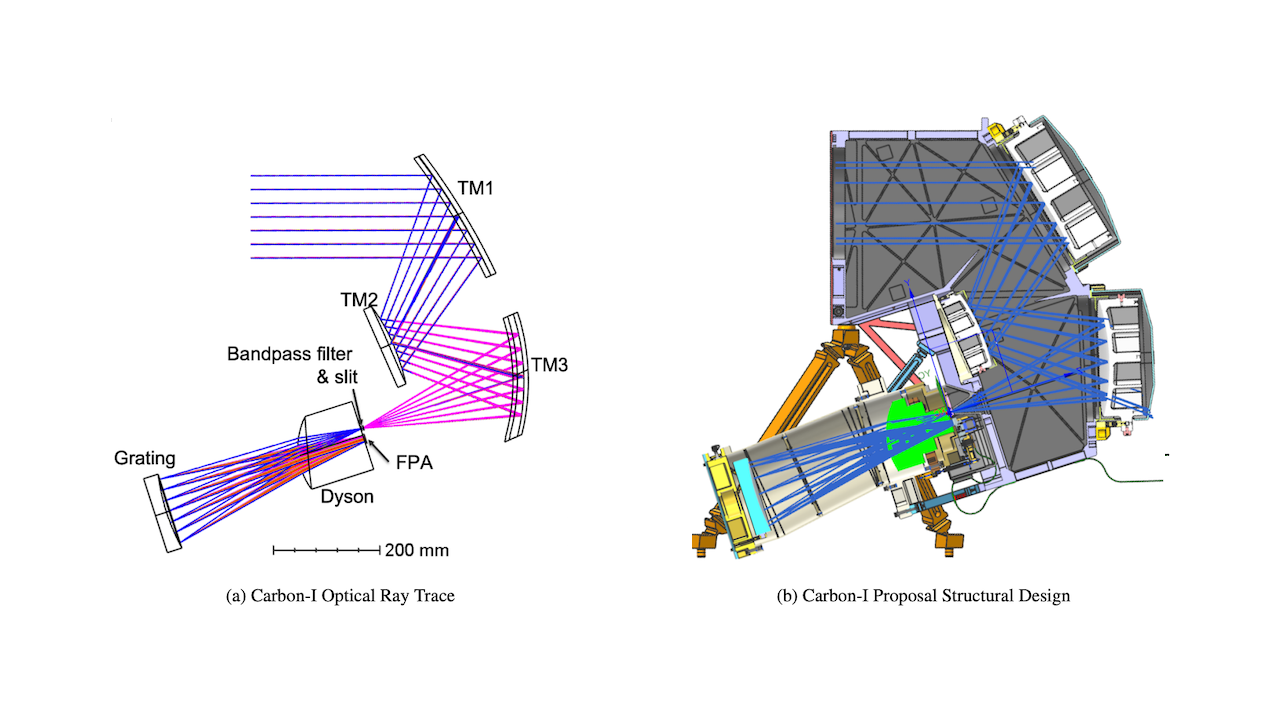

Carbon-I (a) optical ray trace and (b) the proposed structural design. — physics.optics
The proposed Carbon Investigation (Carbon-I) Imaging Spectrometer is designed to measure variations of greenhouse gases in Earth’s atmosphere. The instrument will survey the Earth from its own spacecraft at an altitude of approximately 610 km.
It will use a coarse ground sampling distance (GSD) of <400 m in global mode for land and coastal monitoring and finer 35 m GSD in target mode to sample key regions. The identification and quantification of greenhouse gases require continuous spectral sampling over the 2040-2380 nm wavelength range with <1 nm spectral sampling.
The proposed design builds upon Jet Propulsion Laboratory’s (JPL) experience of spaceflight Dyson imaging spectrometers to achieve spectral sampling of 0.7 nm per pixel.
This paper presents the proposed Carbon-I optical design comprised of a freeform three-mirror anastigmat telescope that couples to a F/2.2, highly uniform Dyson-inspired imaging spectrometer. The high uniformity and throughput enables Carbon-I to measure Earth’s greenhouse gas concentrations with unprecedented precision and spatial sampling.
Christine L. Bradley, Rami W. Wehbe, Matthew Smith, Sharmila Padmanabhan, Valerie Scott, David R. Thompson, Daniel W. Wilson, Pantazis Mouroulis, Robert O. Green, Christian Frankenberg
Comments: 18 pages, 14 figures, IEEE Aerospace Conference 2025
Subjects: Optics (physics.optics); Instrumentation and Methods for Astrophysics (astro-ph.IM)
Cite as: arXiv:2505.22545 [physics.optics] (or arXiv:2505.22545v1 [physics.optics] for this version)
https://doi.org/10.48550/arXiv.2505.22545
Focus to learn more
Submission history
From: Christine Bradley
[v1] Wed, 28 May 2025 16:25:29 UTC (16,121 KB)
https://arxiv.org/abs/2505.22545
Astrobiology,
Stay Informed With the Latest & Most Important News
Previous Post
Next Post
-
 012024 in Review: Highlights from NASA in Silicon Valley
012024 in Review: Highlights from NASA in Silicon Valley -
 02Panasonic Leica Summilux DG 15mm f/1.7 ASPH review
02Panasonic Leica Summilux DG 15mm f/1.7 ASPH review -
 03How New NASA, India Earth Satellite NISAR Will See Earth
03How New NASA, India Earth Satellite NISAR Will See Earth -
 04And Thus Begins A New Year For Life On Earth
04And Thus Begins A New Year For Life On Earth -
 05Astronomy Activation Ambassadors: A New Era
05Astronomy Activation Ambassadors: A New Era -
06SpaceX launch surge helps set new global launch record in 2024
-
 07Space Force plans new ‘Futures Command’ amid pressure to speed up modernization
07Space Force plans new ‘Futures Command’ amid pressure to speed up modernization













